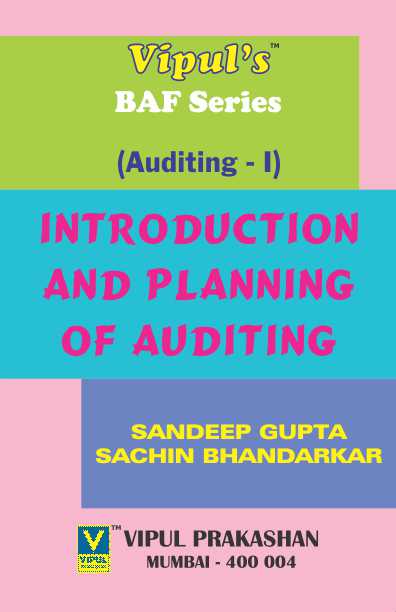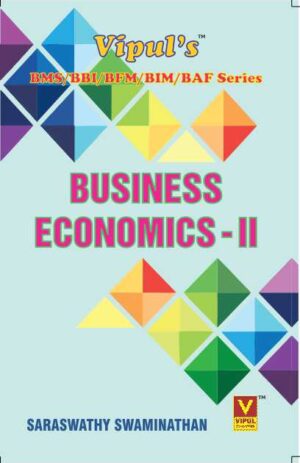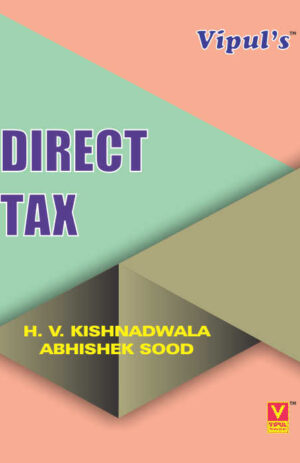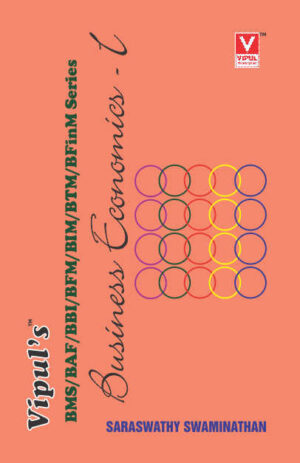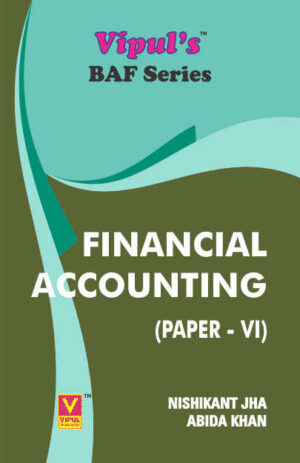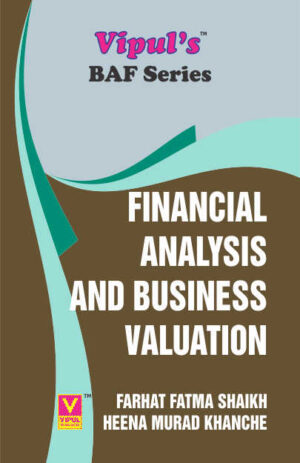Introduction and Planning of Auditing (Auditing – I) (OLD SYLLABUS)
₹150.00
FYBAF — SEMESTER – II
Author: Sandeep Gupta
Sachin Bhandarkar
SIXTH EDITION
Description
SYLLABUS
| No. | Modules / Units |
| 1 | Introduction to Auditing: |
| ¨ Basics:
Financial Statements, Users of Financial Information, Definition of Auditing, Objectives of Auditing – Primary and Secondary, Expression of Opinion, Detection of Frauds and Errors, Inherent Limitations of Audit. ¨ Errors and Frauds: Concepts, Reasons and Circumstances, Types of Errors -Commission, Omission, Principle and Compensating, Types of Frauds, Risk of Fraud and Error in Audit, Auditor’s Duties and Responsibilities in Respect of Fraud. ¨ Principles of Audit: Integrity, Objectivity, Independence, Confidentiality, Skills and Competence, Materiality and Work Performed by Others, Documentation, Planning, Audit Evidence, Accounting System and Internal Control, Audit Conclusions and Reporting. ¨ Types of Audit: Meaning, Advantages and Disadvantages of Balance Sheet Audit, Interim Audit, Continuous Audit, Concurrent Audit, Annual Audit. ¨ Miscellaneous: Advantages of Independent Audit, Qualities of Auditors, Auditing Vs Accounting, Auditing Vs Investigation, View the Concept True and Fair. ¨ Accounting Concepts Relevant to Auditing: Materiality, Going Concern. |
|
| 2 | Audit Planning, Procedures and Documentation: |
| ¨ Audit Planning:
Meaning, Objectives, Factors to be Considered, Sources of Obtaining Information, Discussions with Client, Overall Audit Plan. ¨ Audit Programme: Meaning, Factors to be Considered, Advantages, Disadvantages, Overcoming Disadvantages, Methods of Work, Instruction before Commencing Works of Audit, Overall Audit Approach. |
|
| ¨ Audit Working Papers:
Meaning, Importance, Factors Determining Form and Contents, Main Functions / Importance, Features, Contents of Permanent Audit File, Temporary Audit File, Ownership, Custody, Access of Other Parties to Audit Working Papers, Auditors Lien on Working Papers, Auditors Lien on Client’s Books. ¨ Audit Notebook: Meaning, Structure, Contents, General Information, Current Information and Importance. |
|
| 3 | Auditing Techniques: |
| ¨ Test Check:
Test Checking Vs Routing Checking, Test Check Meaning, Features, Factors to be Considered, When Test Checks can be Used, Advantages, Disadvantages and Precautions. ¨ Audit Sampling: Audit Sampling, Meaning, Purpose, Factors in Determining Sample Size -Sampling Risk, Tolerable Error and Expected Error, Methods of Selecting Sample Items Evaluation of Sample Results Auditors Liability in Conducting Audit based on Sample. ¨ Internal Control: Meaning and Purpose, Review of Internal Control, Advantages, Auditors Duties, Review of Internal Control, Inherent Limitations of Internal Control, Internal Control Samples for Sales and Debtors, Purchases and Creditors, Wages and Salaries. ¨ Internal Checks v/s Internal Control, Internal Checks v/s Test Checks. |
|
| 4 | Internal Audit: |
| Meaning, Basic Principles of Establishing Internal Audit, Objectives, Evaluation of Internal Audit by Statutory Auditor, Usefulness of Internal Audit.
Internal Audit Vs External Audit, Internal Checks Vs Internal Audit. |

